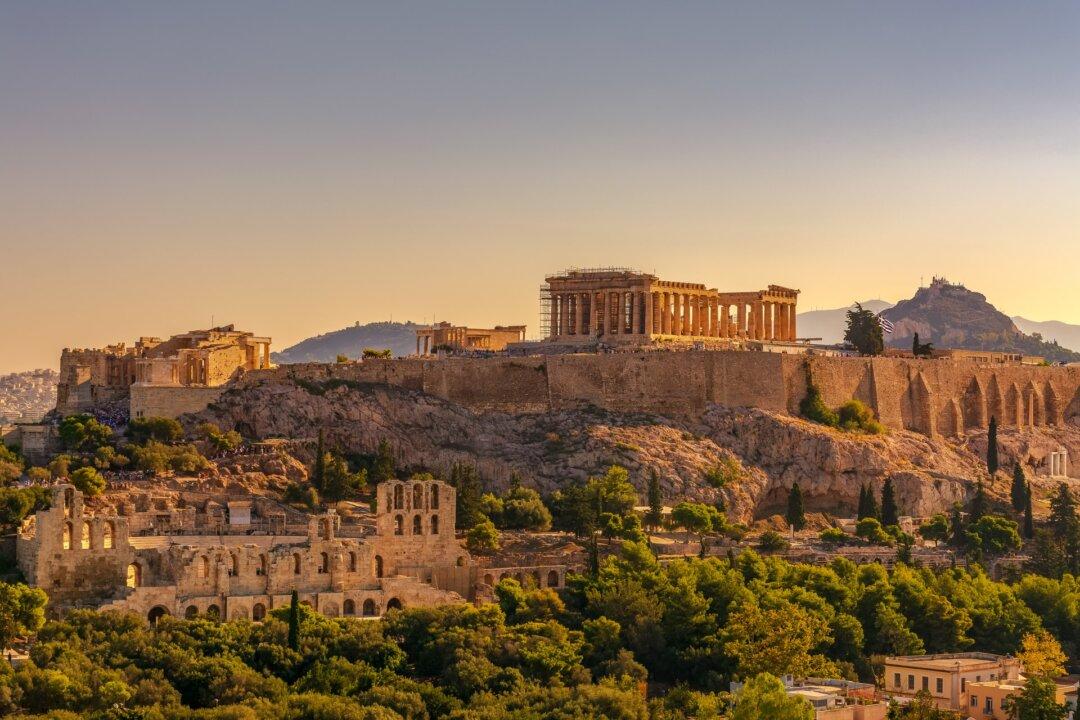In this series, master woodworker Brent Hull will introduce readers to the different architectural styles that were popularized throughout American history, explaining their significance and unique design features.
No architectural style has captured the imagination of an American era like Greek Revival. Lasting from 1820 to 1860, it was more than just a style; it was an ideal that expressed itself in the architecture of our young nation and as an ideological assurance that the democracy could and would survive. We forget that 200 years ago, the concept of a democratic rule, by the people and for the people, was a radical model and still an experiment. The American Revolution, and our breaking from European molds of government, was itself revolutionary. The popularity of the Greek Revival style coincided with the rise of America into a nation. This is a style that projects permanence and strength, traits our young country desired.


